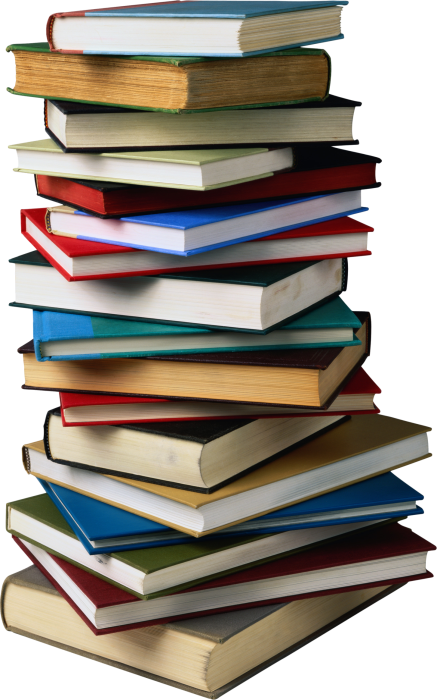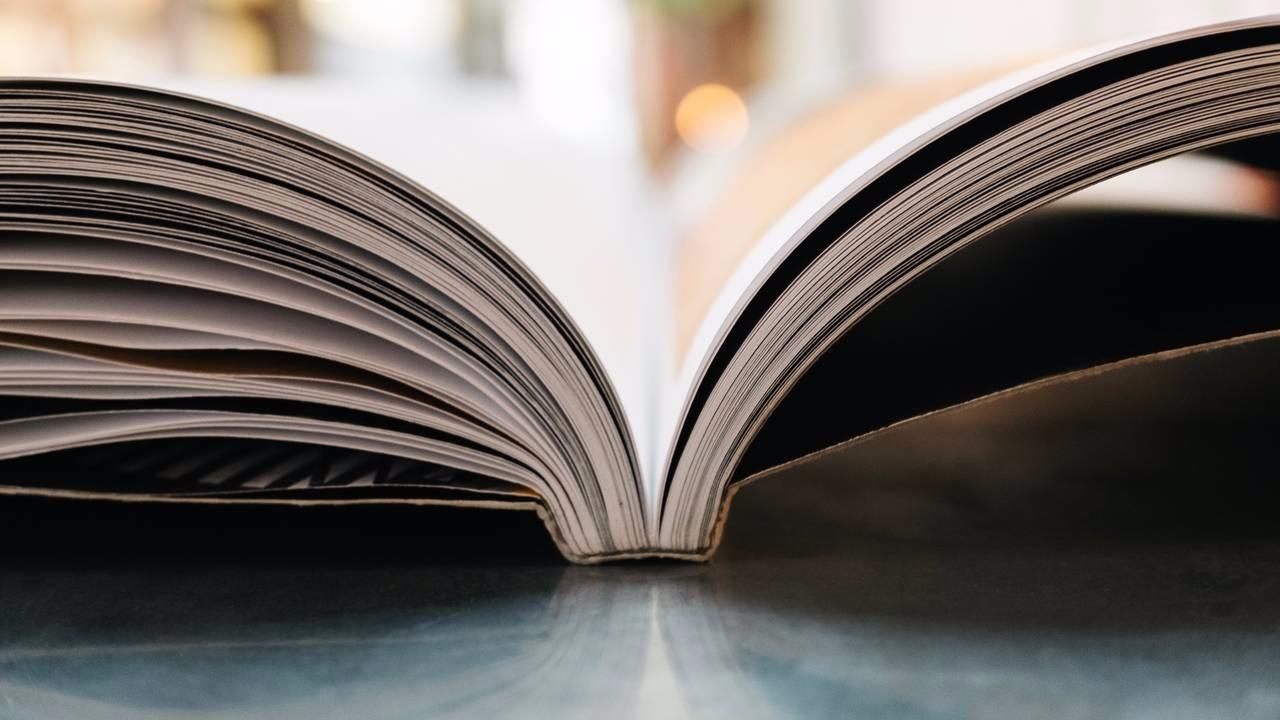In today’s rapidly evolving educational landscape, educators and students alike are constantly seeking innovative ways to enhance learning experiences and cultivate critical thinking skills. While traditional textbooks remain a staple in classrooms, there’s a growing recognition of the power of non-traditional books to inspire and challenge students’ minds. These unconventional literary works, ranging from graphic novels to experimental fiction, offer unique perspectives and storytelling methods that can profoundly impact a student’s intellectual growth.
As educators explore these alternative learning resources, they often turn to specialized book review writing service like DoMyEssay.com to gain insights into the most effective and thought-provoking titles. These services provide valuable assessments of non-traditional books, helping teachers and librarians make informed decisions about which works to incorporate into their curricula. By leveraging expert reviews, educators can confidently select books that not only align with their learning objectives but also push students to think critically and engage with complex ideas in new ways.

Challenging Traditional Narratives
The power of non-traditional books lies in their ability to present information and ideas through unconventional lenses. Take, for instance, the work of Mauricio Miller, a social entrepreneur and author who challenges traditional narratives about poverty and social mobility. Miller’s approach to addressing societal issues exemplifies how alternative perspectives can stimulate critical thinking among students.
In his book “The Alternative: Most of What You Believe About Poverty Is Wrong,” Miller draws from his personal experiences and extensive research to question long-held assumptions about poverty and social services. By presenting counterintuitive ideas and real-world examples, Miller’s work encourages readers to reevaluate their understanding of complex social issues. When introduced to students, such non-traditional books can spark lively discussions, promote analytical thinking, and inspire a more nuanced understanding of societal challenges.
Miller’s unconventional approach serves as an excellent example of how non-traditional books can break down preconceived notions and encourage students to think critically about the world around them. By challenging established narratives, these works push readers to question assumptions, analyze evidence, and form their own well-reasoned conclusions – all essential components of critical thinking.
Exploring Social Issues Through Literature
Expanding on the theme of social issues, books on poverty offer another rich avenue for fostering critical thinking skills in students. These works often present multifaceted perspectives on economic inequality, social justice, and systemic challenges, encouraging readers to grapple with complex societal problems. By exploring various authors’ approaches to discussing poverty, students can develop a more comprehensive understanding of this global issue and hone their analytical skills.
For example, “Evicted: Poverty and Profit in the American City” by Matthew Desmond provides a vivid, ethnographic account of poverty and housing insecurity in Milwaukee. Through compelling narratives and meticulous research, Desmond challenges readers to confront the realities of urban poverty and the cyclical nature of housing instability. When students engage with such works, they are compelled to analyze the interconnected factors contributing to poverty, evaluate proposed solutions, and consider the broader implications for society.
Another notable book in this category is “Poor Economics: A Radical Rethinking of the Way to Fight Global Poverty” by Abhijit V. Banerjee and Esther Duflo. This work takes an evidence-based approach to examining poverty, challenging common assumptions and proposing innovative solutions. By presenting rigorous economic research in an accessible format, the authors encourage readers to think critically about the effectiveness of various poverty-alleviation strategies.
These books on poverty, while not traditional textbooks offer invaluable insights and perspectives that can significantly enhance students’ understanding of complex social issues. By engaging with such works, students learn to analyze data, evaluate arguments, and consider multiple viewpoints – all crucial aspects of critical thinking.
Diverse Genres and Formats for Critical Thinking
Moving beyond social issues, non-traditional books in various other genres can also play a vital role in developing critical thinking skills. Graphic novels, for instance, have gained recognition as powerful educational tools that combine visual storytelling with complex narratives. Works like “Maus” by Art Spiegelman or “Persepolis” by Marjane Satrapi tackle historical and personal narratives through a unique medium, challenging students to interpret both textual and visual information simultaneously.
The graphic novel format requires readers to engage with the material on multiple levels, analyzing the interplay between text and images to derive meaning. This multi-modal approach to storytelling can enhance students’ ability to synthesize information from various sources and interpret complex narratives – skills that are essential in today’s information-rich world.
Similarly, experimental fiction and postmodern literature can serve as excellent tools for developing critical thinking skills. Books like “House of Leaves” by Mark Z. Danielewski or “If on a Winter’s Night a Traveler” by Italo Calvino challenge traditional narrative structures and reader expectations. These works often require active participation from the reader, encouraging them to piece together fragmented narratives, interpret unreliable narrators, and engage with meta-textual elements.
By grappling with these unconventional storytelling techniques, students learn to approach texts with a more analytical mindset. They develop skills in interpreting ambiguity, recognizing multiple perspectives, and constructing meaning from complex and sometimes contradictory information – all of which are crucial aspects of critical thinking.
Non-fiction works that challenge established paradigms or present controversial ideas can also be powerful tools for fostering critical thinking. Books like “Guns, Germs, and Steel” by Jared Diamond or “The Structure of Scientific Revolutions” by Thomas S. Kuhn encourage readers to question long-held assumptions about history, science, and human progress. These works prompt students to evaluate evidence, consider alternative explanations, and engage in reasoned debate about complex ideas.
Moreover, interdisciplinary books that bridge multiple fields of study can help students develop a more holistic understanding of complex issues. Works like “Gödel, Escher, Bach: An Eternal Golden Braid” by Douglas Hofstadter, which explores connections between mathematics, art, and music, challenge readers to think across traditional academic boundaries. Such books encourage students to make novel connections and apply knowledge from one domain to another – a key aspect of creative and critical thinking.
The incorporation of non-traditional books into educational settings does come with challenges. Educators must carefully consider the appropriateness of content for their students’ age and maturity levels. Additionally, some of these works may present controversial or challenging ideas that require thoughtful facilitation of classroom discussions. However, when implemented effectively, these challenges can become opportunities for students to practice respectful debate, consider diverse perspectives, and develop their own well-reasoned arguments.
To maximize the benefits of non-traditional books in fostering critical thinking, educators can employ various strategies. One effective approach is to pair these works with more traditional texts, encouraging students to compare and contrast different perspectives on the same topic. This method helps students recognize the subjectivity of information sources and develop skills in evaluating the credibility and bias of various texts.
Another strategy is to use non-traditional books as springboards for project-based learning. Students can be tasked with creating their own graphic novels, writing experimental short stories, or developing research projects inspired by the themes explored in these works. Such hands-on activities not only reinforce the critical thinking skills developed through reading but also encourage creativity and self-expression.
Furthermore, incorporating technology and digital resources can enhance the learning experience with non-traditional books. Online discussion forums, collaborative annotation tools, and multimedia presentations can provide platforms for students to engage with the material more deeply and share their insights with peers. These digital tools can also help students develop important digital literacy skills alongside their critical thinking abilities.
Final Thoughts
As we continue to navigate an increasingly complex and information-rich world, the ability to think critically becomes ever more crucial. Non-traditional books offer a unique and powerful means of developing these essential skills in students. By challenging conventional narratives, presenting information in innovative formats, and encouraging active engagement with complex ideas, these works prepare students to become thoughtful, analytical, and creative thinkers.
The journey of learning through non-traditional books is not always straightforward, but it is invariably rewarding. As students grapple with unconventional narratives, contradictory viewpoints, and challenging ideas, they develop the resilience and analytical skills necessary to navigate the complexities of the modern world. In this way, alternative learning through non-traditional books not only inspires critical thinking but also nurtures a lifelong love of learning and intellectual exploration.
Ultimately, the integration of non-traditional books into educational curricula represents a powerful tool for educators seeking to cultivate critical thinking skills in their students. By exposing learners to diverse perspectives, innovative storytelling techniques, and challenging ideas, these works create a rich intellectual environment that encourages deep analysis, creative problem-solving, and independent thought. As we look to the future of education, the role of non-traditional books in fostering critical thinking skills will likely continue to grow, shaping a new generation of informed, engaged, and thoughtful citizens ready to tackle the complex challenges of our rapidly changing world.

